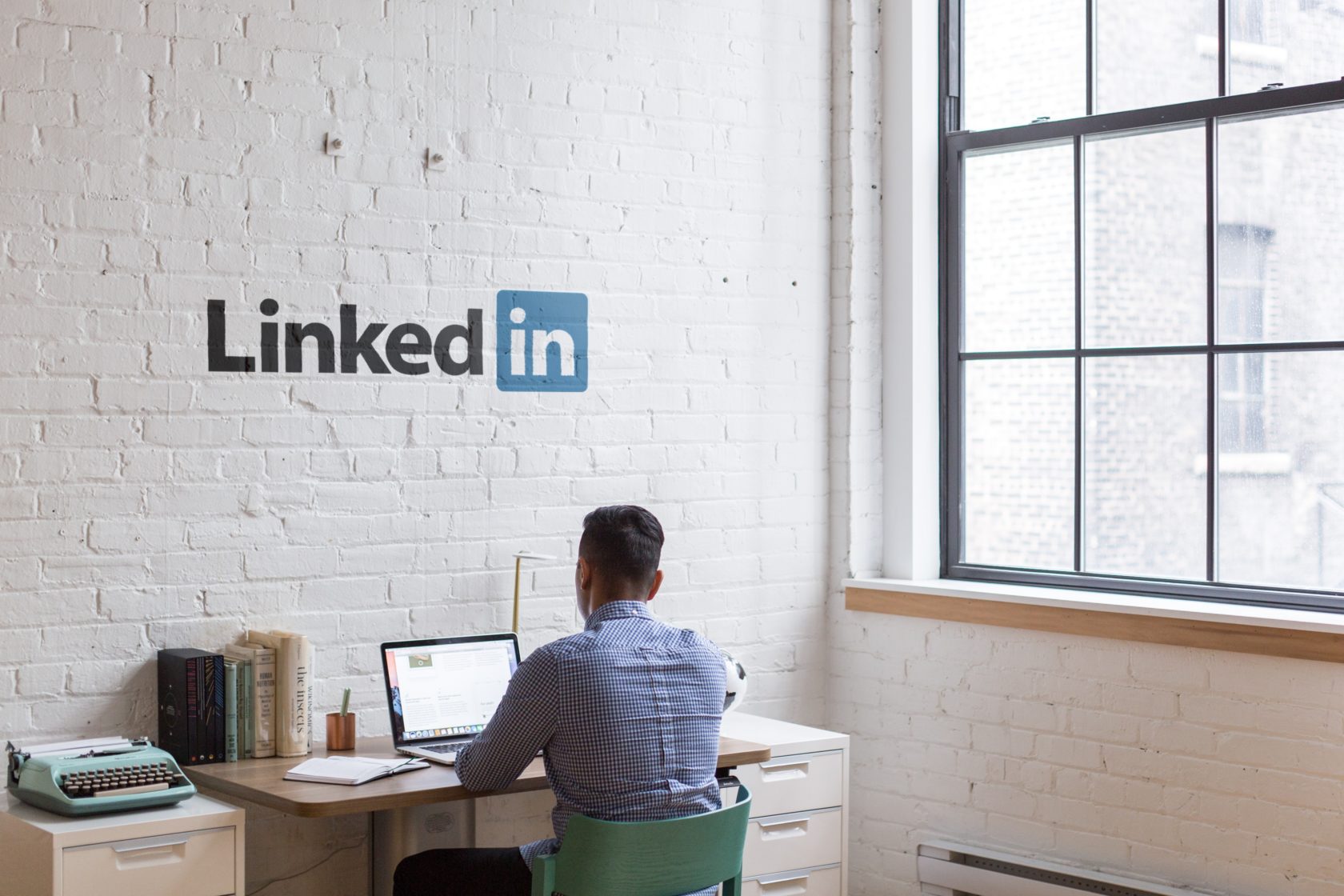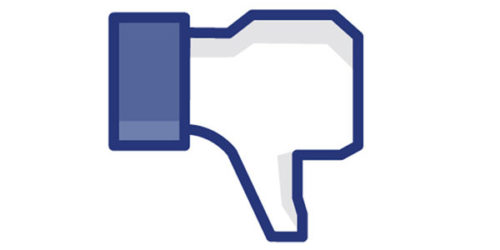Top mistakes people make using LinkedIn
Networking to a business is like pollen to bees. Pre pandemic, networking came in several forms: conferences, business fairs, happy hours, and even online resources like LinkedIn...
Filter by Category

Networking to a business is like pollen to bees. Pre pandemic, networking came in several forms: conferences, business fairs, happy hours, and even online resources like LinkedIn and Twitter. Now, in person events are almost unheard of and many companies and business minded individuals are now leaning on LinkedIn to form key connections, build their online presence, and share important announcements.
LinkedIn got its start as a networking site, but the social media platform has grown to become a useful business tool whether you need to fill a vacant role in your organization or are simply looking to connect with people in your industry.
Incorporating LinkedIn into your marketing strategy is essential for businesses of any volume. However, not everyone has the magic social media touch. Here are some common, yet fixable mistakes that businesses can correct to get the most out of their LinkedIn profile.
Assuming your company has a page, an incomplete page can damage both your opportunities to network as well as your brand image. The goal is to encourage others to reach out to you or at least elicit responses when you reach out to others. It’s unlikely that someone will reach out under the assumption that you aren’t active on LinkedIn. People reach out if they think there is a good chance you will respond. Having a complete profile will show that you are an active user and encourage people to interact with your page.
There are a few fundamental elements that should be present on every business or individual’s profile. First, your company page should have a professional picture; your brand logo will work perfectly here. Not only does it look nice, but using your logo will help boost brand recognition. Likewise, your own profile picture should look professional. Outdated and grainy images, or images in which one’s face is not clearly visible, can come across as unprofessional and will lower your credibility.
Similar to having a professional profile picture, a custom header image will contribute to your brand perception. Every element on your LinkedIn, whether a company page or personal profile, is an opportunity to promote your product or service and get your message across. So swap the generic header background for a custom image that highlights what you do. It’s also a good idea to encourage employees to include the custom company header on their profiles as well. Everyone in the company using the same company header image will portray a strong company culture and increase brand awareness.
Finally, include a captivating headline and summary. The first thing people will see when they go to your page is the profile picture, the header image, and the company summary. It’s essential here to portray both what it is you do and who you are in one to two short sentences. Include keywords you would like to be found for. This could include your product, your industry, or your slogan.
Make sure that employees who work for your company say they work for you on their personal LinkedIn profiles. Having employees tied to your company page will not only support your brand but also support the employees in terms of professional development. Similarly, employees that do not work for your company should not be tied to your page. It’s important to have an accurate representation of employees in case someone outside the brand would like to reach out. It would be useless if someone seeking information from someone in the HR department sends a message to someone who used to work for HR but is no longer employed and cannot help.
Encourage employees to share company posts such as blog posts, company announcements, or success stories. Employees posting about the company, reposting a company post, or simply liking a post is helping to expand the reach of that post, and in turn expanding the reach of your brand. Plus, it’s also an easy way for them to build a more active profile which reflects well on them personally and can even elicit connections.
While overall employee involvement can boost your brand’s credibility and increase engagement, not every employee may be social media savvy or have time to participate on LinkedIn as much as you would like. Therefore, it is vital that executives in the company are present and active LinkedIn members. As company leaders, those in executive positions represent the brand and should use that position to spread their brand’s message and contribute thought leadership content. Plus, if employees are being asked to be active in LinkedIn, executives will be expected to practice what they preach.
When it comes to posting on LinkedIn, there is a fine line between sharing and oversharing. Try to stay away from over promoting your own material. Take into account the needs and interests of your audience and create posts around topics they will want to hear. While generating leads over LinkedIn may be a part of your strategy, sales pitches and promotional updates can come across as pushy and are often unwarranted. That being said, never promoting your own material is also unwise. A post about a new product or a discount is good if they are sprinkled in between other posts.
Some examples of favorable posts are thought leadership pieces, industry insights, funding announcements, award recognitions, new executive hires, job openings, event details, and other important announcements. A subtle brag about accomplishments or a post about company news will keep your connections informed and communicate company success. Having a healthy balance of posts about your product and posts about other news and accomplishments is key to an effective LinkedIn strategy.
In some cases, sending messages can be an effective way to get in touch with a potential client or receive feedback about your business. In other cases, sending messages can damage your brand. Sending a generic message to a large group of people may seem smart in theory but often comes off as unwarranted spam. Furthermore, sending a promotional message to someone without any prior contact can seem pushy and have a negative effect.
Focus on building a relationship with someone prior to sending them a message promoting your solution. Establish a connection, like and share relevant posts of theirs, and reach out with compliments before jumping straight into asking them for business. It’s imperative that every message you send on LinkedIn is personalized. People respond best to customized messages that are sent specially to them. Generic messages are likely to be ignored. A good rule of thumb to follow when it comes to sending messages in LinkedIn is to consider how you would respond to a similar message before sending one yourself.
The worst mistake you can make is not having a LinkedIn strategy at all. Social media has become an integral part of a communications strategy, regardless of your industry. So before you fire up a LinkedIn page, think about what kind of things you want to post and how often you want to post them. According to a study by BusinessofApps, the best times to post on LinkedIn are Wednesday 8-10am and noon, Thursday at 9am and 1-2pm, and Friday at 9am. These are the times there is the highest number of professionals online and therefore the most popular times for engagement. Not surprisingly, the worst day to post is Sunday.
Schedule time once or twice a month with key teammates to discuss a LinkedIn content strategy. Discuss what things the company has planned for the month such as thought leadership pieces and events. Those topics can be listed and scheduled in an editorial calendar available to your whole team so your strategy never falls behind. Furthermore, be on the lookout for industry news and events as well. Whenever critical industry news comes up, be ready to make a post. Afterall, social listening is just as important as sharing.
About Savannah Burns: Savannah is a Business Development Associate for Swyft, which is a tech PR firm in Austin and Houston and a top digital marketing and PR agency in Denver since its founding in 2011. Swyft recently opened a satellite office where it offers tech PR in San Francisco. Swyft was also listed as one of the top tech PR agencies in Texas by the B2B services review site, Clutch.co.

No matter how prepared you think you are, mistakes are bound to happen. As a business, you want to reduce the amount of negative attention you receive as much as possible. ...

Twitter is an effective social media platform to help build and bolster the brand of startup founders and business executives. While it may not have as many users as Facebook or...